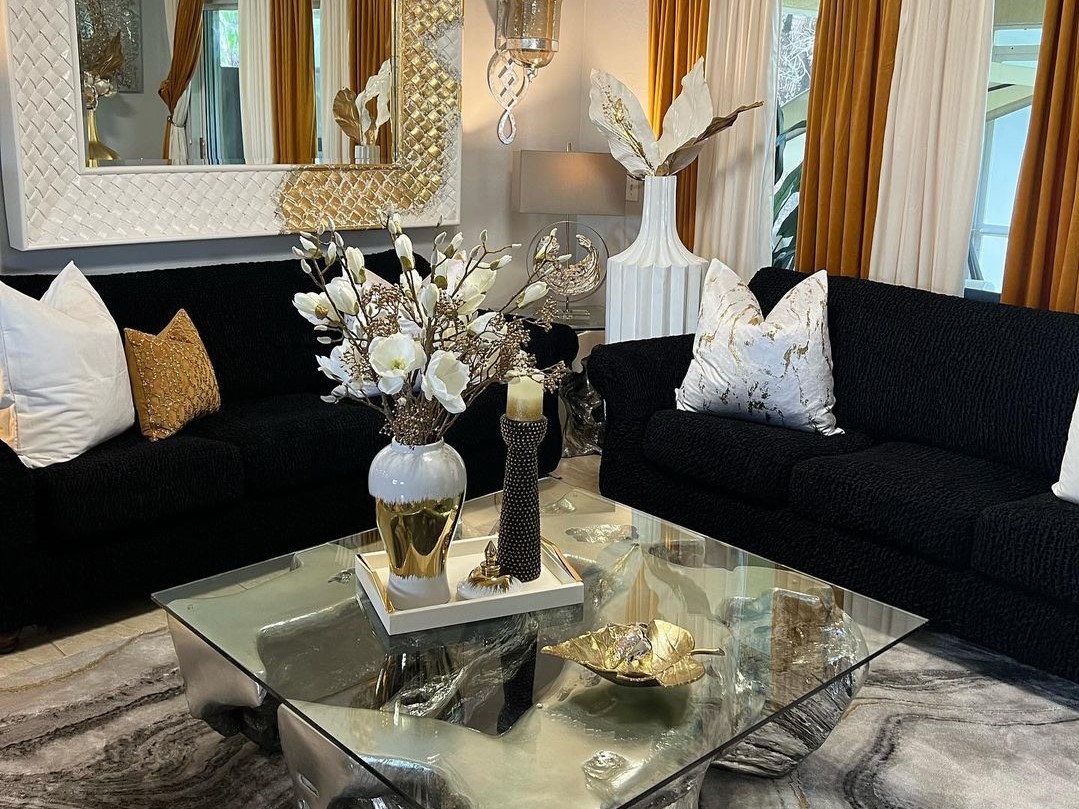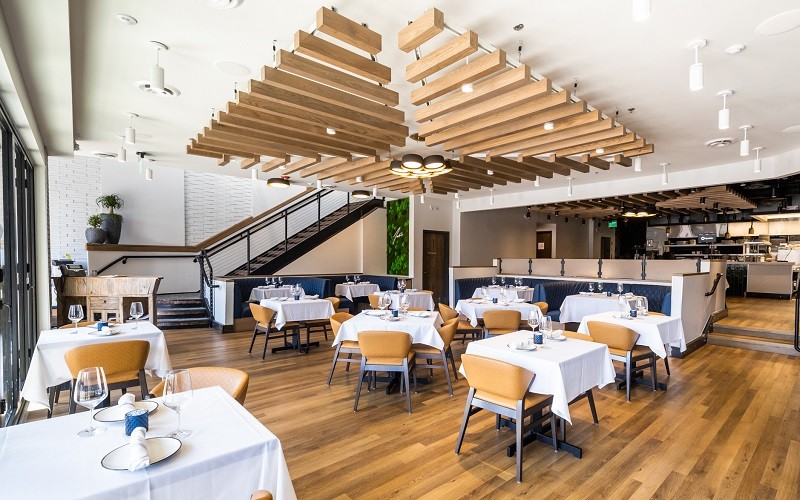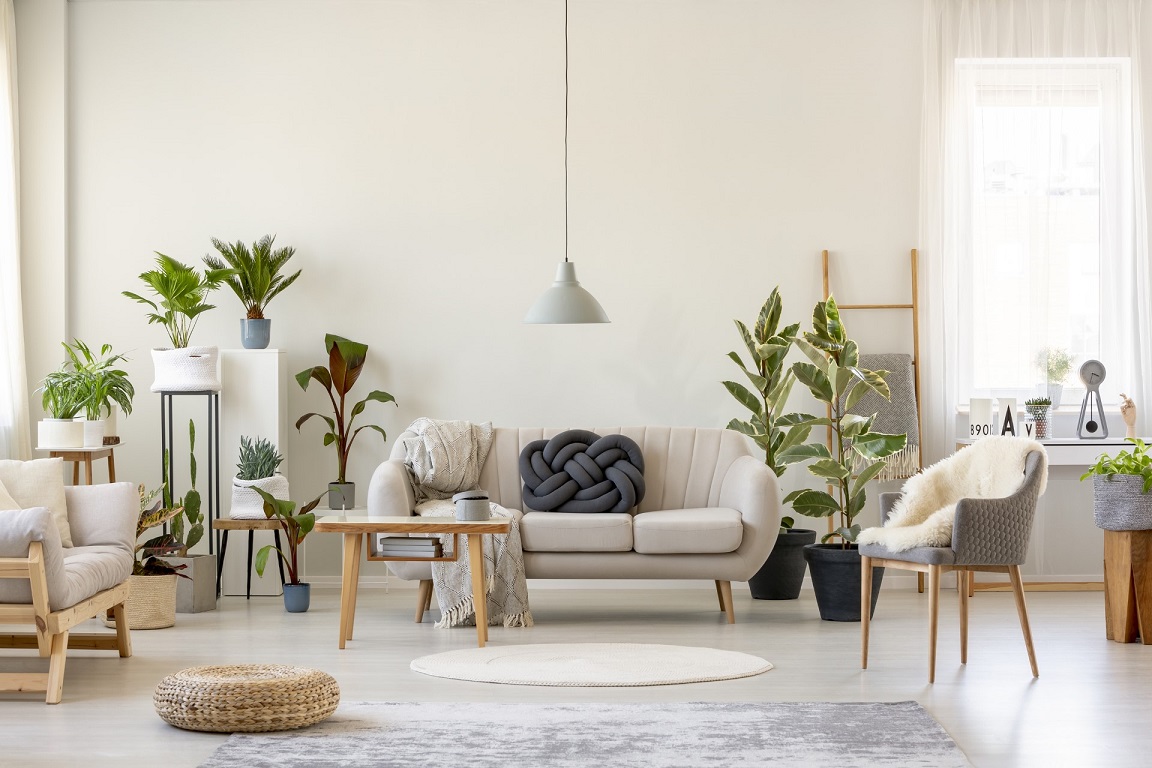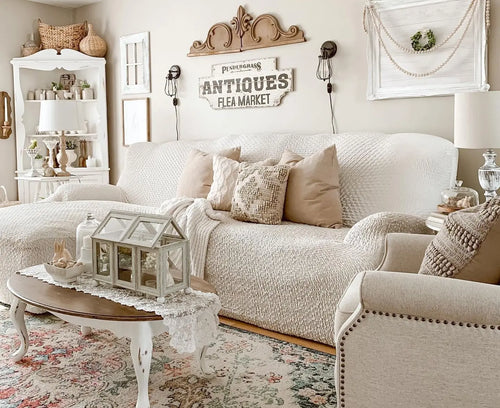When it comes to interior design, one element that often takes a backseat is texture. In most cases, we take great care to choose colors, furniture, and decor, but we often neglect to take into consideration textures when making these decisions. However, it is a subtle yet transformative element that can take your home decor to the next level!
Regardless of the type or brand of furniture you have, texture can be a game-changer. It’s frequently the small details like throw pillows, blankets, or even IKEA slipcover sofa that can introduce texture and depth to your interior design. Adding the right cover to your living space can improve the overall appearance, making your sofa and room more attractive and visually appealing.
Understanding Texture in Home Decor
Texture in home decor isn’t only about touch, but also about creating visual interest. Texture introduces depth and dimension, making your space feel more inviting. There are three primary types of texture to consider: visual, tactile, and textural. Understanding these three types of textures can help you make deliberate and effective choices in your home decor.
- Visual texture refers to the appearance of a surface that may or may not be felt by touch. It’s all about how a material or pattern looks. For example, wallpaper with a brick pattern creates a visual impression of roughness, although the surface is smooth.
- Tactile texture, on the other hand, is what you can physically feel when you touch a surface. Think of a plush, shaggy rug or a rough stone countertop.
- The textural one is a combination of both visual and tactile elements. It’s how a surface appears visually, and it also matches what you feel when you touch it. For example, a wicker chair not only looks textured but also feels rough to the touch.
The Impact of Texture on Mood and Style
The textures you choose can significantly influence the mood and style of a room. Smooth, polished surfaces exude a modern and minimalist feel, while rough, natural textures bring a more cozy vibe. Understanding the psychology of texture can help you achieve the ambiance you want.
- Velvet is a luxurious and sumptuous texture. Whether it sits on a sofa or adorns throw pillows, its softness and plushness evoke a feeling of unparalleled comfort and timeless sophistication. This is why it is considered the best choice for living rooms where solace and grandeur are paramount.
- Microfiber, on the other hand, brings practicality and versatility into the mix. With its soft and easy maintenance, it makes for an ideal option in upholstery. It infuses a room with a sense of comfort and casualness, often a hallmark of family-friendly or contemporary interior designs. Here, comfort seamlessly merges with ease of maintenance.
- For those seeking a playful and cozy textural element, Velvet delivers a unique character. Its texture, made of thick, fluffy fibers, creates a relaxed and informal atmosphere, transforming any room into a warm and comfy space. It is especially suitable for casual or bohemian style, where comfort and charm go hand in hand.
Incorporating Texture into Your Home Decor
Begin your textural journey by harmonizing a variety of materials. Wood, with its innate warmth and rich grain, perfectly pairs with the sleek metal and crystal glass. Fabrics, too, bring an additional layer of texture. From the gentle softness of upholstery to the tactile allure of drapery.
Elevate your seating and bedding areas by layering different textiles. This technique brings a multi-layered, inviting ambiance. Think about the throw blankets, extra pillows, and the plush rugs.
The walls offer a vast field for exploring textures. Try experimenting with different techniques. Wallpapers, adorned with intricate patterns or textured finishes, invite you on a tactile journey. Painting techniques such as faux finishes will add tactile charm to your walls. Meanwhile, textured wall panels give your room a sculptural look, making your walls an attractive part of your decor.
Lighting, although subtle, is a clever way to highlight the beauty of texture. Wall sconces and pendant lights cast intriguing shadows, masterfully playing with surface texture to create captivating highlights and lowlights. Thoughtful lighting further enhances the tactile qualities of decorative elements, making them even more attractive.
Texture is the unsung hero of interior design, adding depth and character to your home decor. Choosing the right textures and combining them thoughtfully can enhance not only the visual appeal of a space but also the sensory experience. So, go ahead, decorate your space with the power of texture, and see the magic it can create.








Add Comment